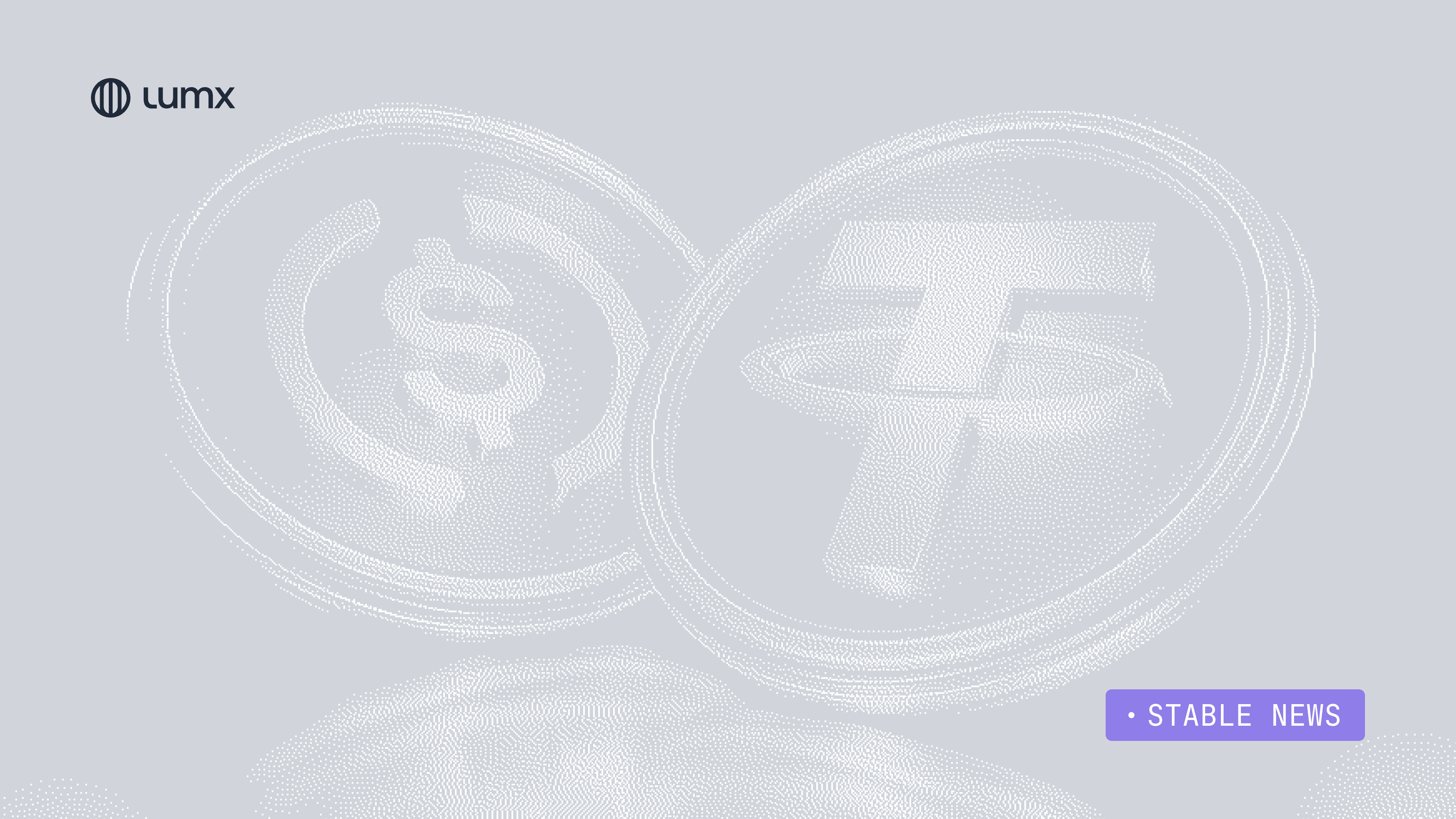The rise of stablecoins is driving silent yet significant changes in global financial infrastructure. Progress is moving at a rapid pace, and it is now possible to map how digital payments, regulatory debates, and power struggles are interwoven in this transformation. Below, we break down how the “three P’s”, Payments, Policy, and Power, are taking shape in daily life, business strategies, and government decisions.
Payments: Efficiency, Convenience, and New Flows
Stablecoins have evolved from a niche curiosity in the digital asset space to an operationally relevant tool. According to public estimates, circulating supply surpassed $250 billion by mid-2025, with settlement volumes exceeding $3.7 trillion in 2023 and projected to top $5 trillion in 2024.
Reported benefits for companies and institutions using stablecoins include:
Near-instant settlement: Payments can be processed in minutes, 24/7, reducing the wait times typical of traditional bank transfers.
Reduced operational costs: Transfer fees amounting to mere cents, compared with 1.5% to 2.9% charged in traditional international remittance models.
Automation potential: Businesses integrate APIs and smart contracts to automate receivables, payments, payroll, and import/export processes.
A recent Fireblocks survey found that among 295 financial institutions interviewed worldwide, 49% already process payments with stablecoins, while 41% are in pilot or planning phases. While sample-based, the data reflects a clear trend of progressive adoption for legitimate transactional purposes.
In Latin America, stablecoins’ utility takes on practical forms:
U.S.–Mexico remittances: Estimated that 2%–3% of remittances are already processed via stablecoins, representing $3–4.5 billion annually. On exchanges like Bitso, more than 10% of this flow used stablecoins in 2024.
Currency protection: In high-inflation contexts, such as Argentina (211.4% in 2023), over 60% of crypto transactions already use stablecoins as a hedge against local currency depreciation.
Policy: Regulation, Sovereignty, and Digital Competition
The spread of stablecoins is presenting new challenges to regulators and economic policymakers. This is less about outright disruption and more about adaptation, with different jurisdictions seeking to balance innovation with systemic risk mitigation.
United States: The GENIUS Act, passed in 2025, introduced clear federal guidelines for stablecoin issuers, requiring full backing in segregated reserves and removing their classification as “securities.” This gave the sector—and institutions looking to operate in it, greater legal certainty.
European Union: Since 2024, the MiCA framework has regulated stablecoins as electronic money, requiring registration, central supervision, and asset segregation. Licensed issuances like the EURI are already live, with European stablecoin supply projected to grow up to 37% next year.
Latin America: Countries such as Brazil, Mexico, Venezuela, and Argentina rank among the top 20 global markets in crypto and stablecoin adoption, according to Chainalysis. Widespread use for remittances, international trade, and currency hedging is pressuring governments to craft domestic regulatory frameworks while monitoring compliance and capital flow risks.
On a global scale, dollar-backed stablecoins make up over 97% of the market, underscoring the digitalization of U.S. dollar hegemony and influencing debates on monetary sovereignty and capital control strategies.
Power: Infrastructure, Concentration, and Governance
The less visible battle is being fought at the infrastructure layer: who controls issuance, custody, compliance, and liquidity of these digital currencies? The market is highly concentrated. As of July 2025:
Stablecoin | Supply (US$ Bi) | Market Share | Notes |
|---|---|---|---|
USDT | 143 | ≈57% | Multi-chain (Tron 54%) |
USDC | 58 | ≈23% | Strong institutional adoption |
Others | 49 | 20% | DAI, FDUSD, EURI, etc. |
The dominance of private issuers raises questions about systemic risk, governance, and the potential for extraterritorial freezes or sanctions, topics that have recently gained prominence following asset freezes in response to court orders and international sanctions.
Additionally, sector companies report maturing demands: 86% of organizations analyzed have APIs, store cryptographic keys using advanced methods, and implement automated compliance systems (KYC/KYT), making stablecoin adoption increasingly aligned with traditional banking standards.
Challenges and Opportunities for Businesses
As adoption grows, pragmatic questions emerge for businesses:
How can stablecoins be integrated into treasury management and international supply chains?
Which providers and partners offer the most robust custody, governance, and integrations?
How can concentration risks be mapped and multi-jurisdictional compliance policies defined?
Which segments (remittances, payroll, trade finance) offer immediate, measurable gains?
The most viable path is starting with internal pilots, such as paying international staff, suppliers, or strategic clients—while mapping operational gains and testing compliance workflows.
The role of stablecoins in monetary infrastructure is not to completely replace traditional systems, but to integrate with them and respond to specific needs for efficiency, speed, transparency, and cost reduction. Institutional growth and interest are clear, but so are the regulatory challenges and concentration risks.
The recommendation is for companies and institutions to approach this space pragmatically, prioritizing technical expertise, legal analysis, and controlled pilots, to introduce innovation responsibly and sustainably within the broader global financial system.
If your company wants to explore stablecoins with regulatory security and cutting-edge technology, contact Lumx and see how we can help.





